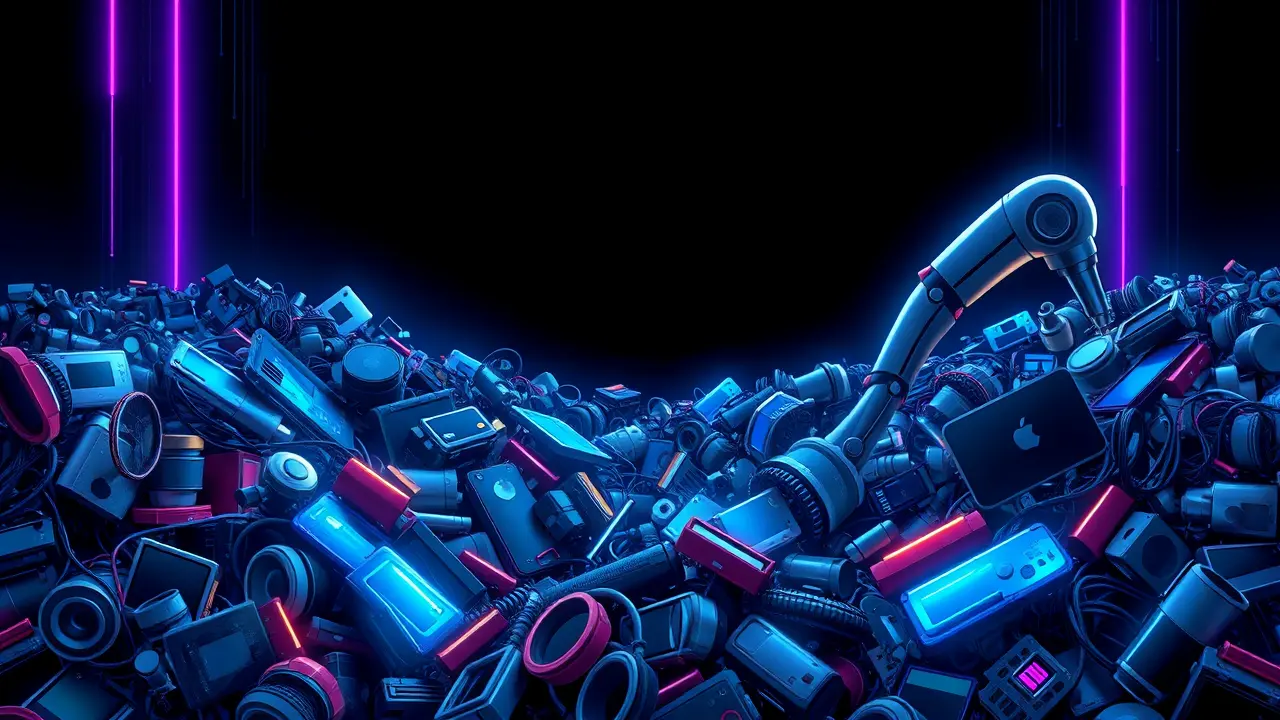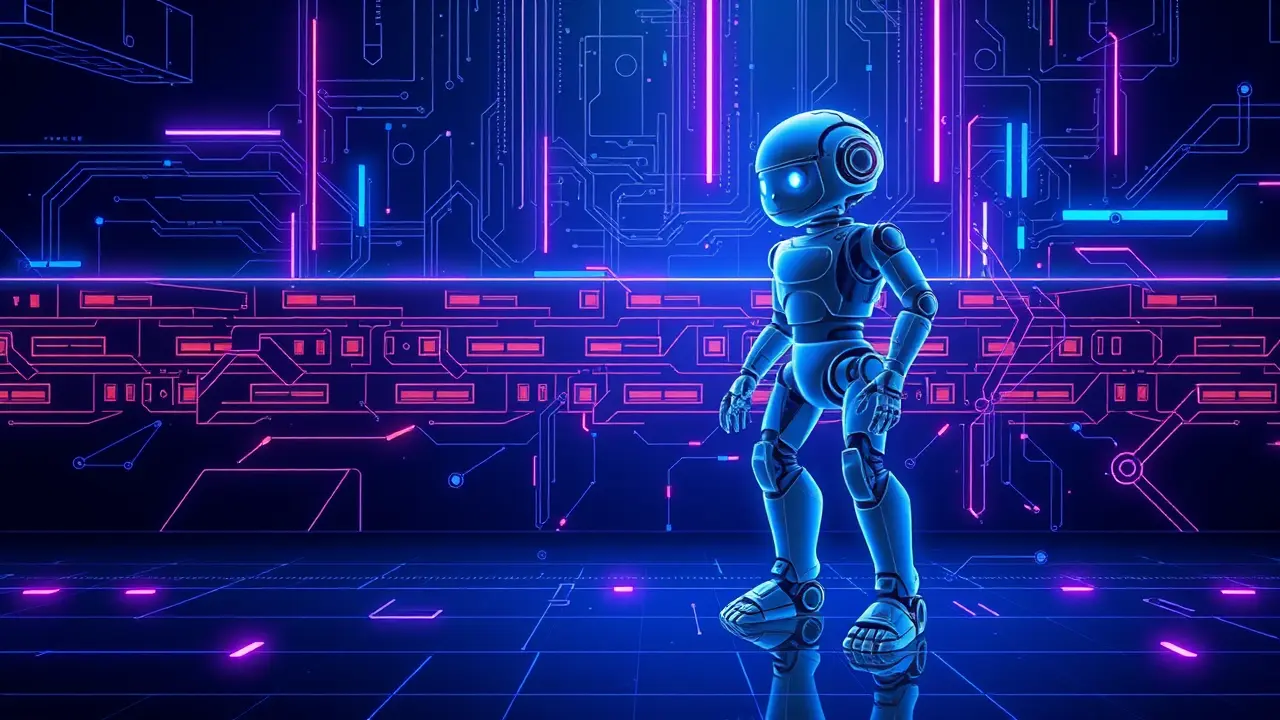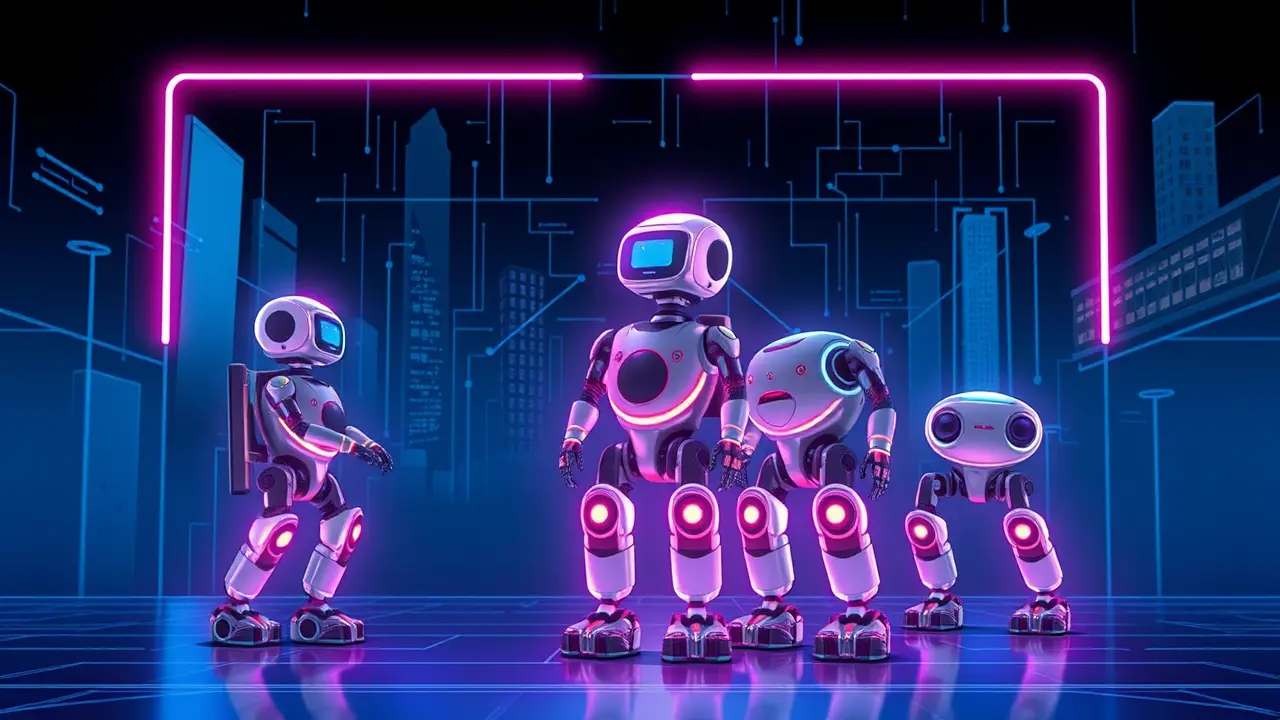
AIroboticsAI for Manufacturing
Meet the Chinese Startup Using AI—and a Small Army of Workers—to Train Robots
DA
Daniel Reed
5 hours ago7 min read2 comments
In a Shenzhen workshop that hums with the quiet industry of the future, a startup named AgiBot is quietly scripting a new chapter for China's manufacturing heartland, deploying a fleet of AI-powered robots to master tasks once thought to be the exclusive domain of human dexterity and cognition. This isn't merely automation; it's a profound leap towards adaptable, learning machines, a vision that sits at the fascinating intersection of large-scale data processing and physical-world actuation.The core of AgiBot's methodology is a sophisticated dance between sophisticated neural networks and a surprisingly human element: a small army of data annotators and trainers who meticulously curate the vast datasets required to teach these robots everything from precise assembly to delicate component handling. This hybrid approach—leveraging both cutting-edge AI and human-in-the-loop oversight—reveals a crucial, often overlooked truth about the current state of artificial intelligence: the path to genuine machine capability is paved with immense quantities of carefully labeled, high-quality data, a bottleneck that even the most advanced algorithms cannot yet bypass.The implications for China, a nation built on the backbone of its immense labor force, are staggering. We are witnessing the early stages of a transformation that could redefine the very nature of physical labor, shifting the workforce from repetitive, manual tasks to roles centered on robot supervision, maintenance, and the complex logistics of AI training pipelines.This evolution echoes historical industrial revolutions, but at an accelerated, algorithmic pace. While some analysts foresee a potential displacement of low-skilled jobs, a more nuanced perspective, shared by many in the AGI research community, suggests a re-skilling imperative, pushing the human workforce up the value chain into more cognitive and technical domains.The technical architecture likely involves a combination of simulation-to-real-world transfer learning, where robots practice millions of iterations in digital twins of factories before executing in the physical world, and reinforcement learning honed by human feedback. This is not a story of machines replacing humans in a single, decisive blow, but rather a gradual, symbiotic integration where human intelligence calibrates and guides artificial intelligence towards practical mastery.The success of AgiBot and similar ventures will depend not only on the robustness of their models but on their ability to navigate the socio-economic fabric of China, where government initiatives like 'Made in China 2025' actively promote such technological ascendancy. The global race for robotic supremacy is on, and in this high-stakes environment, the companies that solve the data-labeling and real-world generalization challenges most effectively will be the ones to ultimately deploy the smarter machines that truly transform the landscape of global manufacturing, logistics, and beyond, pushing us incrementally closer to a world where general-purpose robots are a tangible reality.
#featured
#AgiBot
#AI robotics
#manufacturing automation
#human workforce
#industrial robots
#artificial intelligence
#China tech
Stay Informed. Act Smarter.
Get weekly highlights, major headlines, and expert insights — then put your knowledge to work in our live prediction markets.
Related News
© 2025 Outpoll Service LTD. All rights reserved.











